Digital Recipet #8
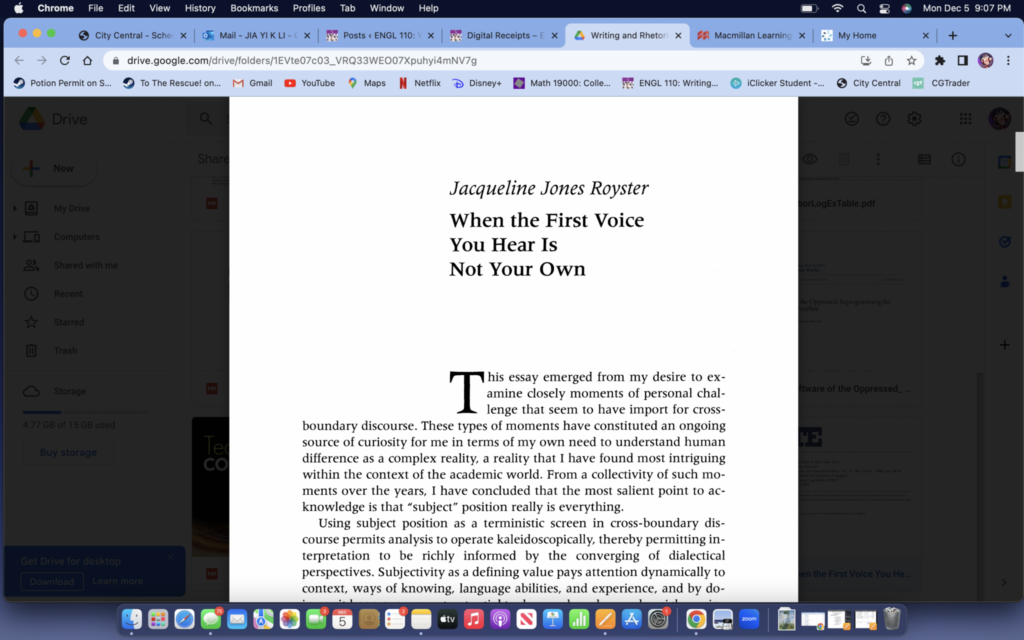
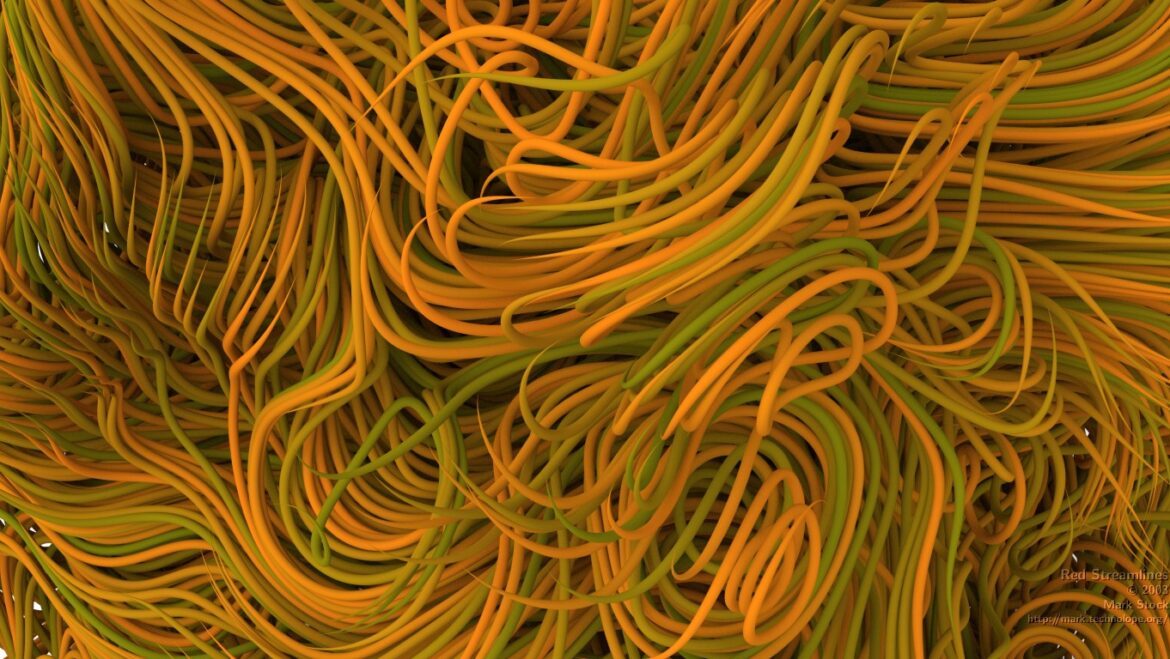
TR 2:00-3:15pm | [email protected] | https://us02web.zoom.us/j/82719242667?pwd=aGlZQzR0a2p4VWhnNEM5RzZMU3ZGQT09

Questions:
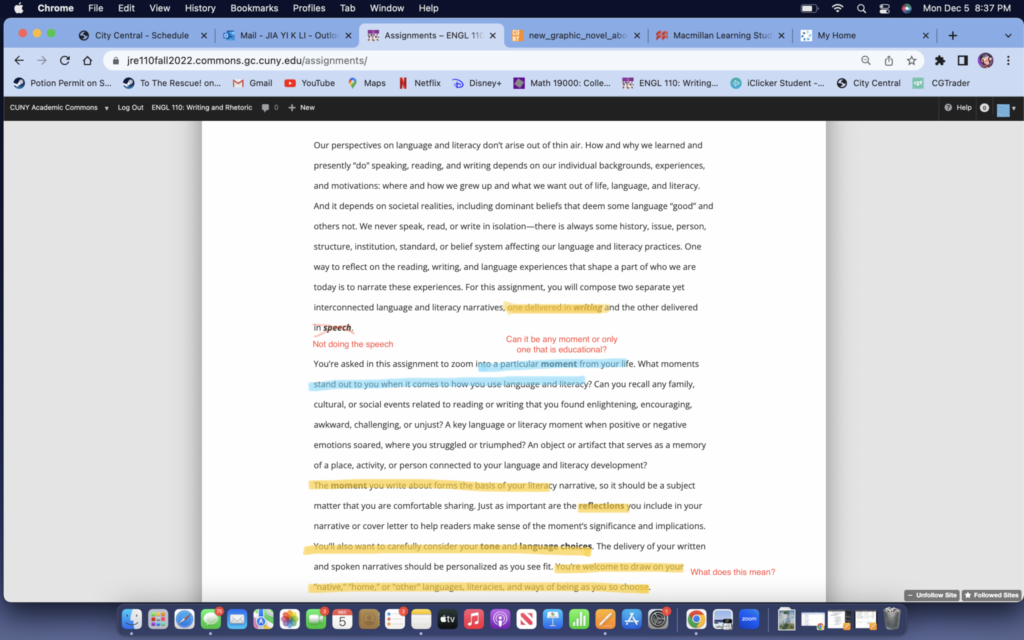
Annotations of WLLN assignment

Notes on Understanding Rhetoric
Climate Change is the long-term shifts in global average temperature and weather patterns. It is caused by human activities, primarily coming from the usage of fossil fuels, coal, gas and oil. Marked by human activity, this geological era is called the Anthropocene. In the Anthropocene, climate change has melted glaciers, plant and animal habitats are changing and flowers are blooming earlier which can lead to rising sea levels, less ice caps and harsher heatwaves, according to NASA. Climate change affects everyone, especially those who are in poverty. Poverty is not just lacking money, it is being too poor to afford basic needs like shelter, food and clothing. Roughly 30% of the population, or 93.6 million people, in the United States live in poverty. About 9.2% of the world, or 689 million people, live in extreme poverty of less than $1.90 per day. This is lower than the International Poverty Line of $2.15, set by the United Nations. According to the World Bank, half of the world’s poor are located in just 5 countries, India, Bangladesh, Nigeria, The Democratic Republic of Congo, and Ethiopia. Closer to home, New York City has a 17.3% poverty rate, which is roughly 1.5 million people, according to the Census Bureau. All of these people are in danger of the consequences of climate change and they often do not have the resources to help them from extreme weather, diseases caused by climate change, and etc. However, they are not the ones responsible for climate change. Those who are in poverty are more affected by climate change than those in higher economic classes despite contributing the least to climate change.
Those who are in higher economic classes contribute more towards carbon emissions and global warming. Many of the climate issues come from the top one percent, which are those that make more than half a million dollars in the United States. A study done by the University of Leeds in the United Kingdom found that the wealthiest ten percent consumed more than 20 times the energy than the poorest ten percent in any area. This is most clearly outlined in billionaires in the United States. For example, according to the World Inequality Lab, Jeff Bezos’s 11 minute flight to space caused more carbon emissions than any one of the world’s poorest billion people. Stefan Gössling, a professor at Linnaeus University in Sweden, calculates that Bill Gates’s 59 flights in 2019 had generated more than 1,600 tons of greenhouse gasses. This is roughly the amount of gas produced by 105 Americans. World Inequality Lab research shows that top emitters would have to reduce their carbon footprints by 87% while the bottom half can actually increase their consumption by 3% in order to reach the Paris Agreement’s stretch goal. This extends further than just the United States as 10% of flights from France were private jets. These planes generated as much carbon dioxide in 4 hours as any average European Union citizen does in a year. On the other hand, in one of the poorest nations, an average person in Nigeria uses half as much electricity in a year as a High-Definition television. The lifestyles of the wealthy are the most polluting along with the power that they hold. This power is setting the expectations of consumption that others, most often those who are in the middle to lower classes, try to aspire to and recreate. This poses many climate issues as this causes more incentives to do things that generate a lot of greenhouse gasses in order to feel luxurious while disregarding how harmful it is.
Those in poverty face many health risks that the rich can simply avoid. An example of this would be during Hurricane Katrina in 2005, many of those who could not evacuate were the elderly, disabled and the poor. In fact, private security guards were flown into New Orleans in order to protect the wealthiest neighborhoods. Many of these communities can continue to survive with protection they can buy but those that cannot afford it lose their homes. This does not mean that they only lose their shelter, they also can lose many prized possessions and memories as well as their communities as many would need to move away. They can end up losing most of their identity and culture. The wealthy can purchase bunkers, even during fire. Dante Vicino, a Vivo’s Group executive that turns ex-military bunkers into livable bunkers stated that while you could smell the smoke in the air, those in the bunkers weren’t able to tell. Climate change can also affect crop production, which can affect the livelihood of those who rely on farming to make money. It also affects food production because there has been a decrease in the production of corn, which is fed to many livestock. This drives the price of meat up as the increase in the costs of corn. Those in poverty already have a difficult time to get food but as climate change affects growing conditions, it makes it even harder for some to afford and find food. According to Columbia Climate School, if the temperature rises by 4.5 degrees celsius by 2090, more than 9,000 people would die from extreme heat. The increased heat and precipitation also leads to higher risks to viruses as mosquitoes would be around longer, which could lead to the spread of Zika, West Nile, and Lyme disease into new territories. Those who can afford it can simply have highly-trained medical professionals care for them when they get sick, but many cannot afford to see a doctor to get treated even in the most severe conditions. Many simply cannot afford to live with the extreme costs that climate change causes.
Climate change heavily affects those in poverty however, they are not the ones who are primarily contributing to it. As the BBC states “The top 1% were responsible for 15% of emissions, nearly twice as much as the world’s poorest 50%, who were responsible for just 7% and will feel the brunt of climate impacts despite bearing the least responsibility for causing them.” Climate change affects everyone and the poorest cannot shoulder the burden that the rich create while the rich can continue living and doing however they please.
CITATION:
20, Renee Cho |June, et al. “How Climate Change Impacts the Economy.” State of the Planet, 20 June 2019, https://news.climate.columbia.edu/2019/06/20/climate-change-economy-impacts/#:~:text=Drought%20will%20make%20water%20more,production%2C%20energy%20transport%20and%20insurance.
Climate Changes Health: Vulnerable Populations, https://www.apha.org/topics-and-issues/climate-change/vulnerable-populations.
“The Effects of Climate Change.” NASA, NASA, 11 Nov. 2022, https://climate.nasa.gov/effects/#:~:text=Changes%20to%20Earth’s%20climate%20driven,plants%20and%20trees%20are%20blooming.
“The Facts: How Climate Change Affects People Living in Poverty.” Mercy Corps, 12 Oct. 2022, https://www.mercycorps.org/blog/climate-change-poverty#:~:text=Floods%20and%20droughts%20brought%20on,change%20in%20the%2021st%20century.
“Half of the World’s Poor Live in Just 5 Countries.” World Bank Blogs, https://blogs.worldbank.org/opendata/half-world-s-poor-live-just-5-countries.
Harrabin, Roger. “Climate Change: The Rich Are to Blame, International Study Finds.” BBC News, BBC, 16 Mar. 2020, https://www.bbc.com/news/business-51906530.
Hasell, Joe, et al. “Poverty.” Our World in Data, 17 Oct. 2022, https://ourworldindata.org/poverty.
“How the Rich Are Driving Climate Change.” BBC Future, BBC, https://www.bbc.com/future/article/20211025-climate-how-to-make-the-rich-pay-for-their-carbon-emissions.
Kuchler, Hannah. “Super-Rich Fortify against Climate Change and Health Risks.” Subscribe to Read | Financial Times, Financial Times, 13 Nov. 2020, https://www.ft.com/content/79781c20-051d-41c4-bd2c-31ceffb763e8.
Peer, Andrea. “Global Poverty: Facts, Faqs, and How to Help.” World Vision, 23 Aug. 2021, https://www.worldvision.org/sponsorship-news-stories/global-poverty-facts.
“The Population of Poverty USA.” Poverty Facts, https://www.povertyusa.org/facts.
Powers, Benjamin. “How the Wealthy Insulate Themselves from the Worst Impacts of Climate Change.” Medium, Age of Awareness, 9 June 2017, https://medium.com/age-of-awareness/how-the-wealthy-insulate-themselves-from-the-worst-impacts-of-climate-change-605df41dbefd.
Roston, Eric, et al. “How Wealth Inequality Powers Climate Change.” Bloomberg.com, Bloomberg, 24 Mar. 2022, https://www.bloomberg.com/graphics/2022-wealth-carbon-emissions-inequality-powers-world-climate/?leadSource=uverify+wall.U.S. Census Bureau Quickfacts: New York City, New York; United States. https://www.census.gov/quickfacts/fact/table/newyorkcitynewyork,US/PST045221.
On April 9th, 2019, I had emailed a girl I had never met before and will be spending 4 weeks under the same roof. This was part of the German-American Exchange Program that I had signed up for 6 months prior. I was filled with dread as sending the email meant that there was no backing out, or else I would disappoint everyone. I was nervous that I would be an outcast as I had no friends going on this trip and was worried that I wouldn’t be able to make any friends due to my social anxiety. I had gone through forums, websites and even asked my therapist on how I was going to deal with my time there but nothing had really eased my nerves.
Fastfoward to August 15th and I was now boarding my plane. After 4 months of constant messages between me and my partner, Emily, I would be finally meeting her in person. To say nervous was an understatement. I was nauseous, shaking, dropping things, and stuttering constantly when speaking to others. After my total 9 hours in the air, with one layover in Iceland, I had finally met Emily in person. As soon as I saw her, I felt all my worries wash away as I had realized that while I might not have known the other exchange students or partners, I had known her. I was not going to be completely alone because I had already made a friend while I was counting down the days and stressing over every small thing about my trip.
This, however, was not the end of my worries as on the very first day, I had overslept and woke up at 2pm. I felt so embarrassed as the weeks prior to coming to Germany, I had tried to fix my sleeping habit. We barely made it to the museums that she and her family had wanted to take us to and I was so worried that I had just destroyed the plans that she had made. This made me spiral into a whole other set of issues I felt was going to ruin my time in Germany.
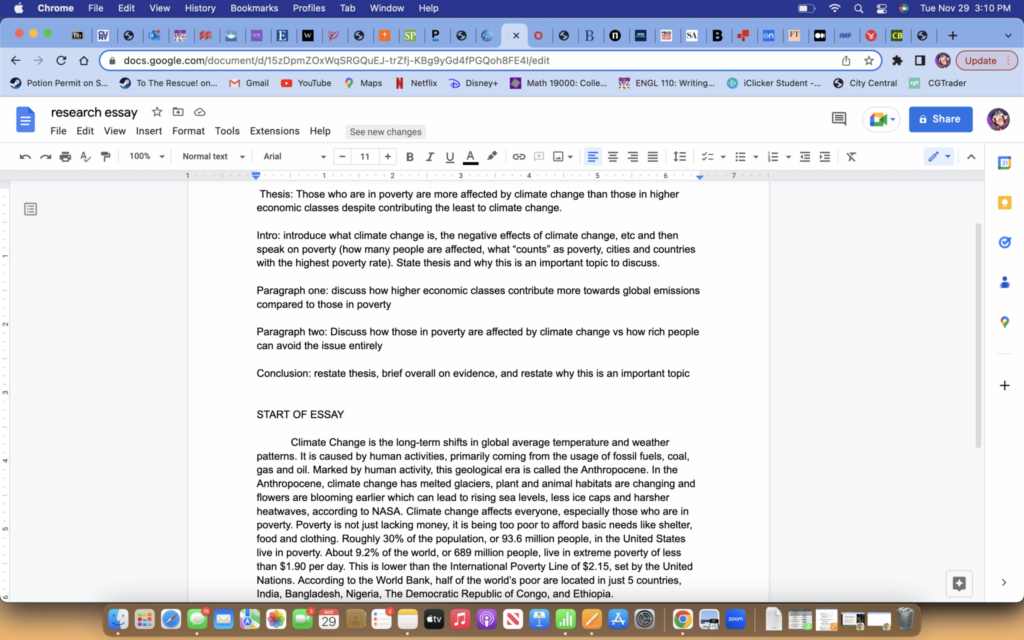
Small outline and Introduction draft
Jia Yi Karen Li
Tuesday, October 25th, 2022
ENGL 110
Prof. Rice-Evans
Taylor Swift’s The Best Day (Taylor’s Version) is a 4 minute and 5 second song that was released alongside the rest of the rerecording of Fearless (Taylor’s Version) on April 9th, 2021, written and recorded originally in 2008. the rerecording was produced by Taylor Swift and Christopher Rowe, charted on Hot Country Song charts, and won Best Family Feature at the 2021 CMT Music Awards. The lyric video was uploaded on YouTube on the same day. The lyric video consists of old home videos of Swift and her family, parents and brother, when they were younger. The rhetorical strategy that The Best Day uses is pathos, the use of emotions in an argument or debate. The video of old home videos evokes a nostalgic feeling in the views and when paired with the lyrics of the song, a heartwarming feeling can be found. The home videos and lyrics can cause the listener or watcher to relive their own childhood and how their mother or family helped them get through tough times like Swift. While this song can relate to anyone with a close relationship with their family, Swift wrote this song for her family, especially her mother, Andrea Swift. This is explicitly shown throughout the song and its lyrics, as it references aspects of her childhood where her mother was there for her and specifically calls out her father and brother for being amazing people in her life. The purpose of the song was to thank her family for encouraging Swift’s music career. Because this was a song, Swift was able to use each verse to incorporate a story from her childhood that showed how her mother helped her. The stories and videos also show that Swift used ethos, the credibility that the speaker brings to the subject they are talking about, because she uses her own personal anecdotes to prove why and how her mother has helped her. Swift uses Kairos when she chronologically tells these stories in order to ‘walk’ the listener through parts of her life. She chose to use the same language she would have used as a child to emphasize how even as a young child, she could tell her mother was there for her. The rhetorical strategy used is interesting because the song could have been very straightforward to her mother, but Swift chose to use more vague and sweet tones for more people to connect with the song.
This assignment helped me understand and contextualize my experience in Germany from an educational viewpoint. It had been a while since I had written anything about my experiences with explaining the point of the text. It helped me also interpret stories to find the bigger meaning as I am used to writing/reading scientific papers and mystery books, nothing like a short story with a deeper meaning. While I am glad that it helped my writing, I wish that I could’ve been able to develop the story some more to draw readers in. My audience are those who are interested in knowing the difference between how language is taught in Germany and America. I tailored my language to have a more personal touch, to engage better with the reader. I used ethos in my favor by providing links, images and personal anecdotes to prove that I had went there and attended the school. I used pathos in an image to show how I felt about the differences between the education system in Germany and America.
In August 2019, for two weeks, I was in Germany for the German-American Exchange Program I had applied for a year prior. I had applied to the program because I had always wanted to visit Germany and the program offered an independent study course that would’ve given me credit to lighten my future workload. I was of course expecting a huge shock, with the unknown language/culture and not knowing any other program members.
Before August, I had started messaging my German exchange partner. I was a little surprised at how great her English was, her messages were just as good as what I would expect a native speaker/writer would. I found out that English was an integral part of the German education system, as well as other languages. When I eventually went to Germany, I was shocked to see how much English was used, even in a country where it is not an official language. Every restaurant that I went to had an English menu, every museum had plaques in both German and English, and even the allergy medication I had to get had everything in both German and English.

I initially thought this was because of tourism but when I went to my partner’s school, I learned that children start learning English in Germany when they are children, usually in the third grade. This shocked me as a second language is usually taken up in either middle or high school in the United States. However by this time in Germany, students would be taking their third language, usually a romantic language, and even after that they take a fourth language, a classical language. It was really shocking to see how I was able to communicate fluently with nine/ten-year-olds. It really made me put in perspective how poorly I knew my second language and how learning secondary languages wasn’t as valued in the United States. I found that in Europe, a second or third language is expected while knowing another language, even at the most basic level, is seen as extraordinary here in the States.
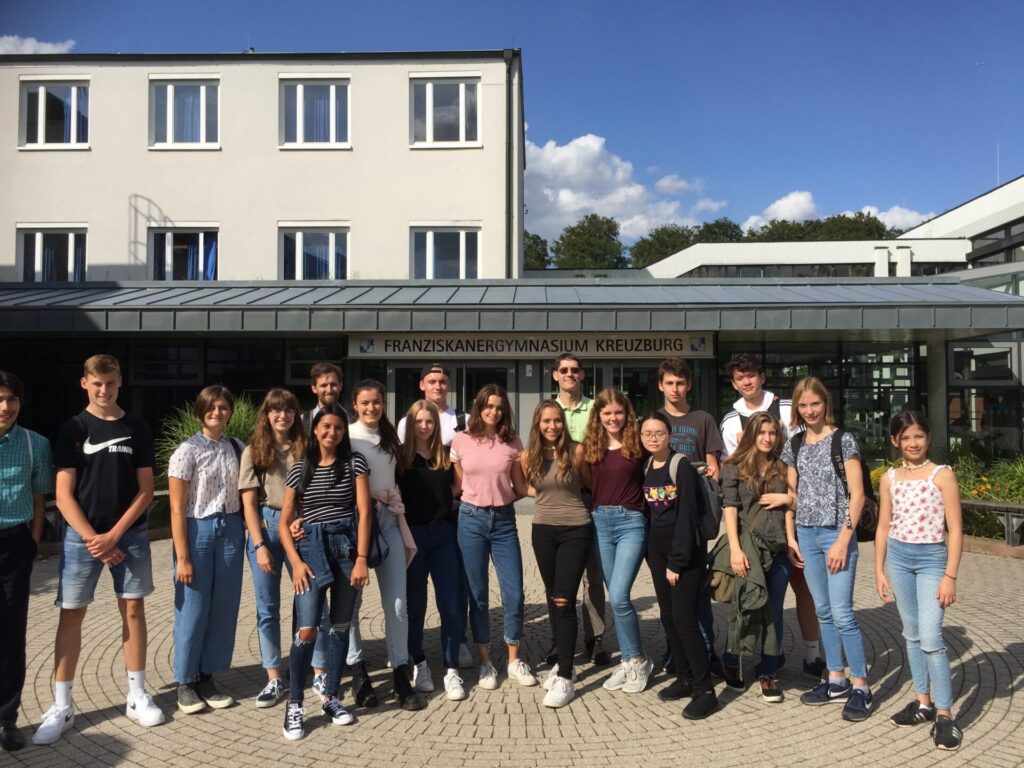
It was even shocking when at the welcome breakfast, my partner and I were discussing whether the word she was using was correct. We ended up having everyone from our half of the table chime in, both American and German. When we asked the American teacher which one of us was correct, he did not even know himself and had to ask the German teacher for clarification. This threw me off guard as it really showed me the difference between the American and German education systems. I was watching how badly the American education system failed us and while I knew that it wasn’t the best, it was shocking to see how poor it was compared to other countries that are also world leaders.